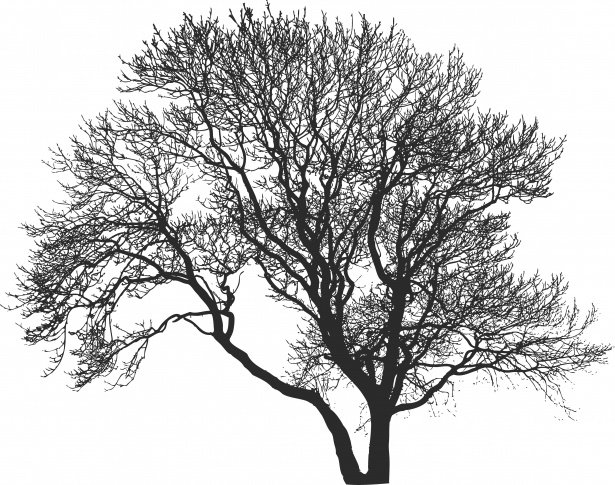
Plant trees in BC on Earth Day, on Truth & Reconciliation Day or any other day in spring or fall
Trees for school projects and mini forests
We work with Sagebrush native plant nursery in Oliver to provide trees for planting on school property, in public parks and on private land, as well as in the creation of mini forests. The trees are native to BC and are selected for their cultural importance to the Secwepemc community, based on the traditional knowledge of Secwepemc Nation Elder Dr. Mary Thomas.
Listed here with their Secwepemc names are some of the native trees planted by the BC Small Wetlands Association at Pleasant Valley Wetland Heritage Park in Spallumcheen, at schools in School District 83 and in Columbia Shuswap Regional District Parks.
Conifers
Lodgepole Pine- (qwli7t)- The inner bark was the main food source. At times it was made into a tonic, to relieve symptoms of various ailments. Boughs and needles were used for bedding. The wood of the tree was a great fuel source. Pitch acted as glue or a water proofer.
Ponderosa Pine- (s7átqwlip)- Needles have several uses. From insulation to floor coverings, to teas, to making baskets. The resin was used in tinctures and oils. You were able to shake the female cones in order to extract the nuts.
Western White Pine– (x8έwᴌ)- Wood from this tree was used in building and framing structures. Seeds were roasted and eaten, while the bark was used in teas for ailments. The pitch was chewed as we do with “chewing gum”. Tips were eaten as a food source.
White Spruce- (xsέᴌp)- Practically every part of this tree was used. Young trees were used as the framework for snowshoes and bows. Indigenous people used the pitch as glue to fasten arrowheads to the shafts. The roots were used to sew hides together for clothing or to sew softened bark together when making canoes. They were also used in the making of baskets by weaving. Baby carriers, roofing and serving dishes are some examples of uses for bark. The tips of branches were eaten as a food source.
Douglas-Fir– (tsq’ellp; boughs- qweltsen)– This is not a true fir, spruce or pine. It is its own distinct species. The Douglas-Fir was one of the most prominent scents used for cleansing agents, which played a big role in the handling of the sick or dead. Indigenous cultures used the oils, and boughs of this tree as a smudge, purifying steam, or washing solution that served as physical and spiritual disinfectants. Children chewed the pitch as “chewing gum”. In some communities, Fir branches were used to bathe twins, who were believed to be supernaturally powerful for the first four years of life.
Deciduous Trees
Black Hawthorn (berries: stmuqw OR ste7múqw; bush: stmuqwállp OR staqwéllp) – Mash and drying out berries made a type of fruit leather for snacking on. The wood is strong to construct bows and tools. The thorns were used as fishing hooks, for piercing ears and as a medical tool. When the bark was burned, the ash was used as face paint for ritual purposes.
Chokecherry (fruit: tkwlósa7; bush/tree: tkwlose7ellp) – One type has a translucent red fruit that is sweet and juicy, while the other fruit is a dark purple and when eaten, has a cottony effect in the mouth. Bark was made into tea to treat ailments. Tent caterpillars tend to inhabit these trees.
Green Willow (q’wlsállp) – The inner bark was used as twine; the twigs were used as reinforcement for baskets, fish weirs and traps, as well as many other implements. The roots were made into lashing ropes.
Paper OR White Birch (bark: qwillín; tree: qwillínllp) – The bark was used to construct various types of containers, cradles, canoes and roofs, for example.
Rocky Mountain Maple (t’swállten) – Young shoots were cooked and eaten like asparagus. A mixture of maple inner bark and leaves was made into a tea. The inner bark is stringy and was used as string, rope and for weaving. The dense wood of Maple was used by some to construct a two-pronged fishing spear for salmon. Snowshoes were also made from this solid wood.
Trembling Aspen (meltálp) – A wide variety of medicinal trees were made from the inner bark along with a mixture of other tree barks. The trunk of this tree was good for scraping hides, making tent poles, drying racks, and fish traps, due to the lack of limbs on the lower trunk.
Back to Plant a Tree
![]()
